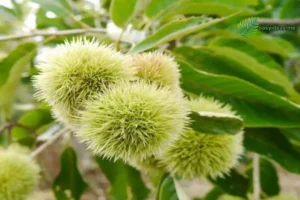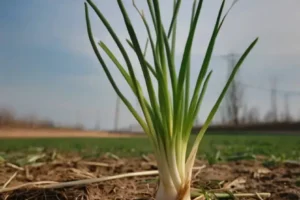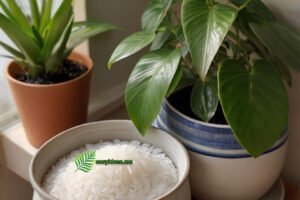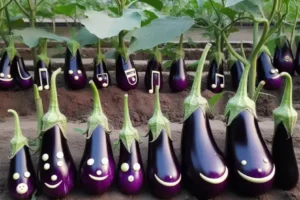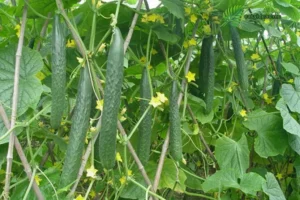Jasminum grandiflorum and Jasminum sambac, although both belong to the Jasmine genus, differ in terms of flower size, fragrance, growth habits, and uses. The following are the main distinctions between these two types of jasmine
| Jasminum grandiflorum | Jasminum sambac | |
| Flower size and appearance | The flowers are larger, usually single or double-petaled, with sometimes wavy edges on the petals. The color of the flowers is pure white, making them very conspicuous. | The flowers are smaller, typically double-petaled, with densely packed petals and a more compact shape. The flowers are mostly white, but there are varieties that may have light yellow or pale pink hues. |
| Fragrance of the flowers | The fragrance is relatively subtle, not as intense as that of Jasminum sambac. | The fragrance is highly intense, making it a commonly used variety for producing jasmine tea and other perfumes. |
| Growth habits | It has a faster growth rate, strong climbing ability, and is suitable for use as a fence or wall-covering plant. | It has a relatively slower growth rate but is more cold-resistant, making it suitable for container cultivation or as a plant in the courtyard |
| Uses | Besides ornamental purposes, it is often used for extracting essential oils and making perfumes. | Mainly used in the production of jasmine tea, it is also an important cultural symbol in some Southeast Asian countries, such as traditional flower garlands in India and Thailand. |
Below are images of the two types of flowers mentioned


Choosing to cultivate Jasminum grandiflorum or Jasminum sambac depends on personal preferences, space conditions, and intended use. Both varieties are highly ornamental and fragrant plants, adding a unique charm to your garden or balcony.








